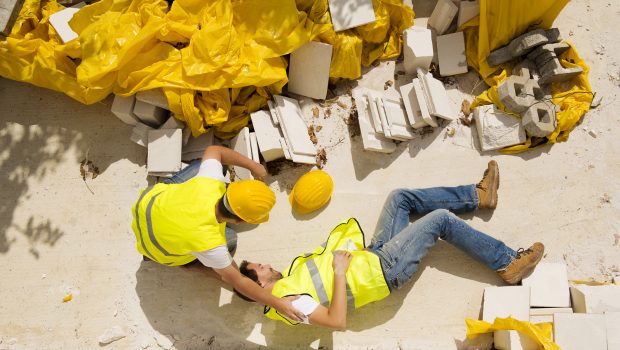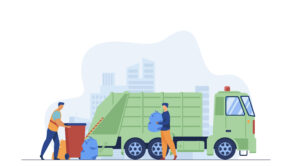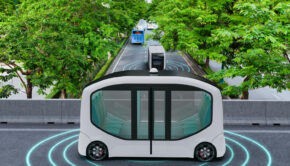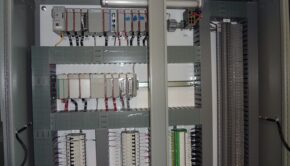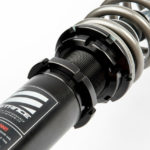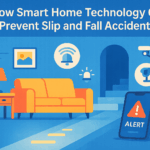Top 5 Technologies for a Safer Construction Site
Working in a construction site is arguably one of the most dangerous jobs in the world. Among all industries, construction presents a higher risk of exposure to injuries, near-misses, and fatalities. According to a 2017 report of the Bureau of Labor Statistics, there were 5,147 fatal construction-related work injuries recorded in the same year in the United States alone. This is proof that safety is a vital part of the construction business.
In this fast-paced environment, technology plays a major part in employees’ safety and productivity. As an employer, it is your responsibility to keep your people safe. You must ensure that all employees are well trained before commencing work and that they comply with safe work practices to prevent any incidents. Invest in useful technologies that will help promote safety and improve the quality of work. Below is a list of technologies you can use for a safer construction site.
1. Safety Apps
A safety inspection is an onsite walkthrough which aims to identify potential hazards, defects, and damages. As compliance to OSHA requirements, any serious work-related incidents must also be recorded in OSHA form 300 and maintained at the worksite for at least 5 years. Safety officers can use safety apps to record such incident, conduct quicker audits, and conveniently submit reports through their mobile devices. The ability to capture and annotate photo evidence and assign corrective actions can streamline gathering of data and delivery of reports.
Tracking completed inspections and repair work can be challenging for safety officers in the long run. Repetitive re-entering of data, piles of paperwork, or loss of paper documents can cause business delays, legal issues, and profit loss. Through the use of safety apps, it would be easier for your business to comply with OSHA requirements regarding maintenance and storage of records. The flexibility to access, share, and update records through a mobile device saves you time and effort compared to using paper-based checklists.
2. Exoskeletons
Exoskeletons are wearable, fitted metal frameworks with motorized muscles that help reduce the actual weight of heavy tools for easier manipulation. Since construction workers are prone to musculoskeletal injuries due to static posture while carrying and using heavy construction tools, this technology is beneficial in their day-to-day tasks.
Exoskeletons would allow construction workers to work longer hours and help them lift objects comfortably. This will prevent severe injuries from repetitive tasks and help improve employee productivity.
3. Site Sensors
A real-time environmental sensor is helpful in detecting excessive heat, pressure, moisture, and toxins in the air or in construction materials. Using one streamlines regular inspections and reduces manual data capture.
Excessive exposure to harmful materials can cause serious health problems to your employees. A site sensor helps prepare employees for evacuation and alerts them in case of detection of overexposure to harmful materials.
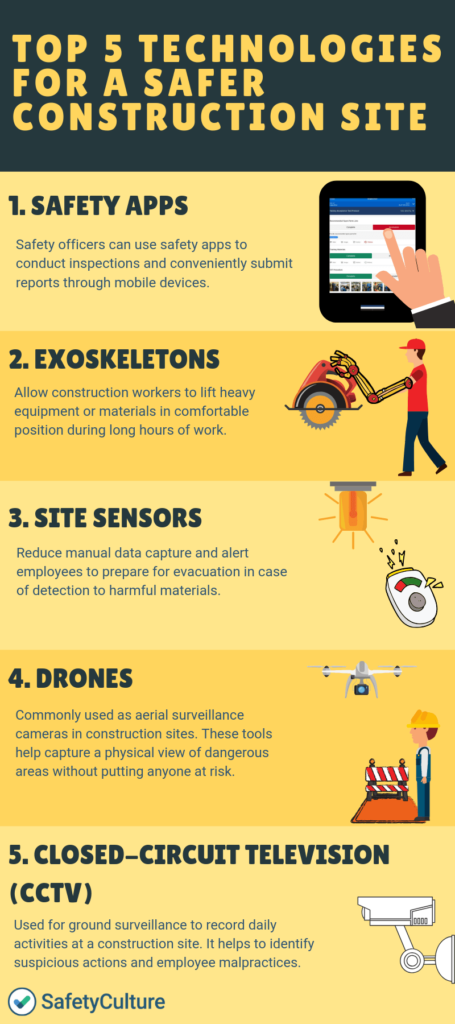
Below are the types of sensors commonly used in a construction site:
- Temperature sensors – detect the physical change caused by an increase or decrease in the amount of heat energy from a particular source.
- Pressure sensors – detect any fluctuation in the pressure levels of water or heating systems.
- Water quality sensors – used for ion monitoring in water distribution systems.
- Chemical sensors – detect release of explosive and radioactive chemicals.
- Gas sensors – monitor changes in air quality.
4. Drones
Drones are commonly used as aerial surveillance cameras in construction sites. They are useful because they have a wide view of the area which helps track the status of the project, mitigate risks, and identify the geographical location of the site. Here are some ways drones are used to improve construction projects:
- View dangerous areas without putting anyone at risk
- Monitor construction site for suspicious activities
- Record the weather and atmospheric conditions
- Gather real-time data
- Accurate visual representation of the area
Drone features to consider:
- Wings: The capability of drones to stay in the air depends on the type of wings it uses. It can be classified according to its purpose: 1.) Fixed wings can be used for land surveying; 2.) Vertical Take Off and Landing (VTOL) is for inspection; and 3.) VTOL tethered drones for surveillance.
- Payload: The amount of load a drone can carry.
- Battery: Flight time duration a drone can be used.
- Range and maneuverability: The ability of drone to move quickly in any direction considering the distance and range of the area.
5. Closed-circuit Television (CCTV)
CCTVs are used for ground surveillance to record daily activities at a construction site. A safety officer can monitor the interior and exterior of a business property to ensure a safe working environment.
A CCTV recording helps to identify suspicious actions and employee malpractice. It can be submitted as evidence in the event of an incident to support employee or business insurance claims. A CCTV also allows business owners to conduct regular checks of the construction site without being there physically.
Working in construction can be dangerous, but having the right equipment and technology can help reduce the risk of various work-related hazards. Ensure a safe and secure working environment to increase business profitability and credibility.
Investing in the latest technology can cost you a small amount of money, but these technologies can help prevent bigger issues in the future. It helps improve inspection processes, site visibility, delivery of reports, and recordkeeping.
Author Bio:

Jona Tarlengco is a content writer for SafetyCulture, a software company that enables businesses to perform inspections using digital checklists.

